7 risks when booting dual operating systems Windows and Linux
Having Windows and Linux installed on your computer can increase productivity and give users the option to try a new operating system. But this is always a potential risk, here are seven risks when installing dual boot users should know before installing a second operating system on a computer or laptop.
- How to install dual boot Windows 10 and Windows Server
1. Accidentally overwrite data or operating system
Overwriting existing data or the main operating system will lead to significant problems. Sure, users can use recovery tools, but the chances of recovering all data are very low.
Fortunately, most operating system installation wizards are able to detect primary partitions. This means that if you are installing Windows with the Linux distribution, the wizard will mark the current partition and provide a selection of what to do next.
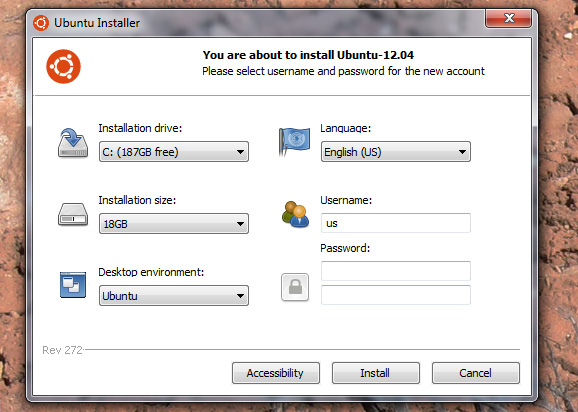
But the problem may still occur, so be careful when installing. Make sure you are installing the new operating system into the correct device and partition and avoid losing data.
2. Productivity may be affected
Running multiple operating systems on a computer is a great way to maximize productivity, but sometimes it can be counterproductive. If you have specific needs like running Windows 10 with Ubuntu 16.04, it's great to be able to switch to that operating system.
But do you really need them? Ensure there are alternative applications in Linux if switching from Windows and vice versa is important. Dual booting is really the experience and enjoy the entire alternative operating system environment.

One way users don't need to switch between operating systems is to run Windows in a virtual machine on Linux. Of course, users can install Linux in a virtual machine on Windows.
- Install multiple operating systems on virtual machines
3. Partition is locked
Perhaps one of the biggest mistakes of dual booting is being unable to access data. If you've organized everything effectively like syncing data through the cloud or using a dedicated hard drive for personal files, you'll see important personal files available through any operating system. whichever is installed.
However, some problems can still occur. If you are using Windows and the system is suddenly turned off, any HDD or partition used for personal files is locked. This means that users will not be able to access the drive from the Linux partition, a message will appear as follows:
Lỗi mở / dev / sda5 at / media / karma / data:
Command-line `mount -t" ntfs "-o" uhelper = udisks2, nodev, nosuid, uid = 1000, gid = 1000, dmask = 0077, fmask = 0177 "
"/ dev / sda5" "/ media / karma / data" 'exited with non-zero exit status 14: The disk contains an unclean file system (0, 0).
Metadata được giữ lại trong Windows bộ nhớ, cần đến Mount. Lỗi Mount '/ dev / sda5':
Operation not permitted The NTFS partition is in an unsafe state.
Hãy thoát và đóng bỏ Windows được đầy đủ (không có hibernation hoặc fast khởi động), hoặc Mount các tập tin Volume đọc với sự chạy
However, this problem can be fixed, but it may take a few minutes (depending on the Windows boot installation). The solution is to follow the instructions in the error message and start the device or just restart Windows.
4. Update Windows
Updating the operating system is one of the most important steps to ensure a powerful and secure computer. Unfortunately, it will be a problem when there is a dual boot system.
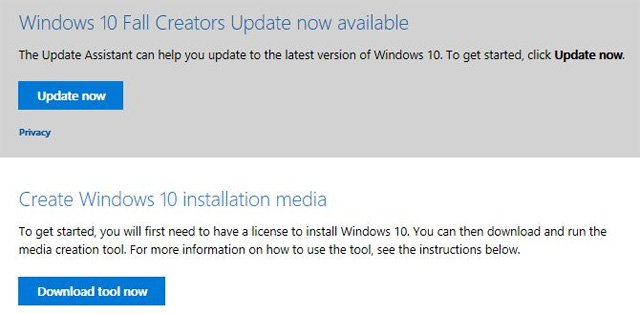
Updating the operating system can cause problems even when successfully installed. Windows Update can lead to rewrite of Master Boot Record (MBR), loss of Linux partitions. However, unsuccessful updates or even simple driver updates can lead to trouble on a dual-boot computer. In addition to Windows Update causing problems with Linux, there is a more common error that there is no copy of Windows saved in case you cannot start the computer.
In this case, users should use Windows 10 recovery tools. Although this process is a bit time consuming, it is a good way if you really need to run Windows. For best results, make sure that the computer's boot order is Windows by default, not Linux OS.
5. Risks from viruses
Linux is famous for antivirus. Linux-based operating systems are quite powerful, they are not affected by viruses and other malware because of a relatively small user base. Clearly, scammers target Windows computers. However, many websites are hacked or "crashed" by viruses and malware, and most web servers run on Linux.
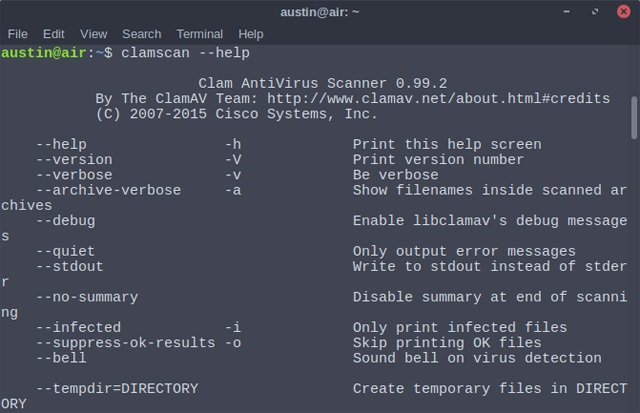
If you are running a dual-boot computer, the possibility of malware affecting the Linux environment will increase. So it would be wise to have an Internet security suite when running Windows. In Linux operating system, running ClamAV or a daily replacement program, should not only focus on the operating system when scanning for viruses, take the time to scan personal data files.
6. Driver error
Sometimes, some hardware problems may occur when dual booting, possibly due to Windows device drivers but this problem is not common. Perhaps the most common hardware problem when booting is the integrated wireless network card. These convertible devices may be disabled in Windows and therefore cannot boot in Linux.
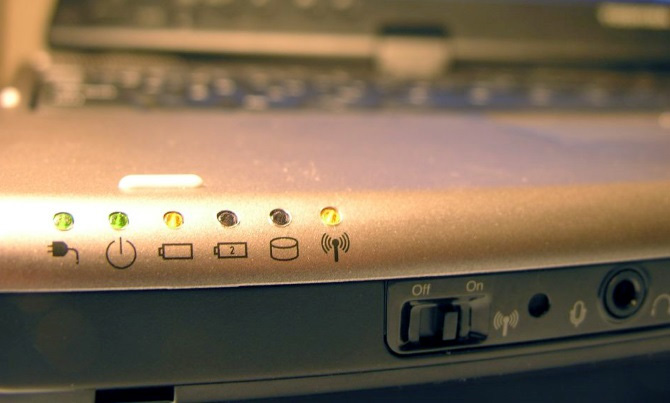
Why did such an incident occur? Are these operating systems completely independent of each other? Yes, it's independent but the wireless card is hardware and can be controlled through the system BIOS. In some cases, Wifi cards may lead to locked partitions.
The solution here is to search for wireless card support before installing the operating system. You should also make sure the drivers are updated on both operating systems.
7. Dual booting may affect disk space swap
In most cases, the hardware is not affected too much when dual booting. However, a problem to note is the effect on the swap space. Both Linux and Windows use the pieces of the hard drive to improve performance while the computer is running. However, by installing the second (or third) operating system on the drive, this space will be reduced.
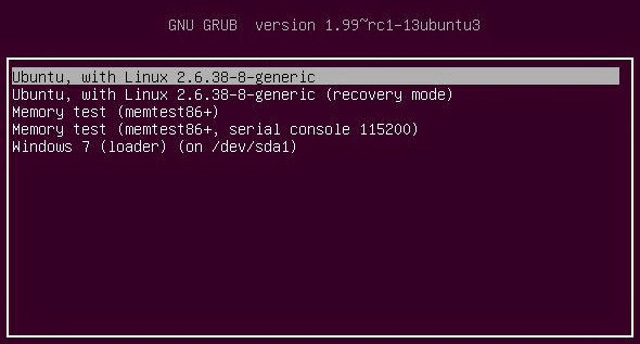
The solution here is not to install an additional operating system without enough space. If you still want to dual-boot on your computer, you can only buy a new hard drive or SSD.
You should read it
- Steps to fix dual boot option not showing in Windows 10
- Dual boot (Dual boot) with virtual machine: Which one should you choose?
- Advantages and disadvantages of dual boot (dual boot)
- Use parallel Windows 7 and Windows 8 on PC
- How to install dual boot Windows 10 and Windows Server
- How to install Kali Linux dual boot on macOS
- Create dual-boot menu after installing Windows XP parallel Vista / 7
- Set up dual - boot system Windows 7 and Windows 8
May be interested
- How to install Kali Linux dual boot on macOS
 since the release of kali linux 1.0.8, kali linux supports adding efi. this additional feature simplifies the process of installing and running potassium on various apple macbook air, pro and retina models. modeling the device will determine the level of success when users experience with newer devices. refind preinstallation can also increase the success rate on older devices. this tutorial will show you dual osx booting with kali linux using refind and encryption options
since the release of kali linux 1.0.8, kali linux supports adding efi. this additional feature simplifies the process of installing and running potassium on various apple macbook air, pro and retina models. modeling the device will determine the level of success when users experience with newer devices. refind preinstallation can also increase the success rate on older devices. this tutorial will show you dual osx booting with kali linux using refind and encryption options - Interesting operating systems may be unknown to you
 in addition to the usual operating systems such as windows, mac os or linux, there are many other operating systems suitable for many different uses. here are 8 interesting operating systems that you may not know yet.
in addition to the usual operating systems such as windows, mac os or linux, there are many other operating systems suitable for many different uses. here are 8 interesting operating systems that you may not know yet. - How to Install a New Operating System on Your Computer
 is it time to upgrade your operating system? looking to make the switch from windows to linux? maybe you want to try dual-booting both at the same time. follow this guide to install any brand new operating system on your computer. check...
is it time to upgrade your operating system? looking to make the switch from windows to linux? maybe you want to try dual-booting both at the same time. follow this guide to install any brand new operating system on your computer. check... - 12 best Linux server operating systems
 although linux operating systems provide a great desktop environment, linux can also successfully complete the task of a server. linux often provides advanced permissions, increasing flexibility and stability.
although linux operating systems provide a great desktop environment, linux can also successfully complete the task of a server. linux often provides advanced permissions, increasing flexibility and stability. - The Linux Network Administration test has the answer P5
 the following linux operating system quiz of network administrator will give you lots of useful information around this topic. please try your best.
the following linux operating system quiz of network administrator will give you lots of useful information around this topic. please try your best. - The new threat in Linux operating system can have 'incalculable' consequences.
 a new virus that appears to attack a linux system, called linux / shishiga, could become a major security threat.
a new virus that appears to attack a linux system, called linux / shishiga, could become a major security threat. - Acer's netbook uses dual operating systems
 acer plans to use dual operating systems (windows 7 and android) as one of the standard features for future netbooks.
acer plans to use dual operating systems (windows 7 and android) as one of the standard features for future netbooks. - The Linux Network Administration test has the answer P6
 in order to help readers strengthen their knowledge of linux operating system, in the test below, network administrator will send you to read the multiple choice questions very interesting for you to try.
in order to help readers strengthen their knowledge of linux operating system, in the test below, network administrator will send you to read the multiple choice questions very interesting for you to try. - The Linux Network Administration test has a P3 answer
 continuing on this topic, in the article below will be multiple choice questions with answers for you to try your knowledge.
continuing on this topic, in the article below will be multiple choice questions with answers for you to try your knowledge. - Steps to fix dual boot option not showing in Windows 10
 if your dual-boot system doesn't show the operating system selection menu or windows boot manager during boot, you're not alone. the lack of a dual boot option is common on newly created dual boot systems, mainly caused by an incorrectly configured boot manager.
if your dual-boot system doesn't show the operating system selection menu or windows boot manager during boot, you're not alone. the lack of a dual boot option is common on newly created dual boot systems, mainly caused by an incorrectly configured boot manager.










 Top 7 best free antivirus software for Linux
Top 7 best free antivirus software for Linux Find security holes on every site with Nikto
Find security holes on every site with Nikto Ubuntu Bash tutorial on Windows 10
Ubuntu Bash tutorial on Windows 10 Learn the file system and folders on Linux operating systems
Learn the file system and folders on Linux operating systems How to use Zsh (or other Shells) on Windows 10?
How to use Zsh (or other Shells) on Windows 10? Instructions for accessing Ubuntu Bash files on Windows
Instructions for accessing Ubuntu Bash files on Windows